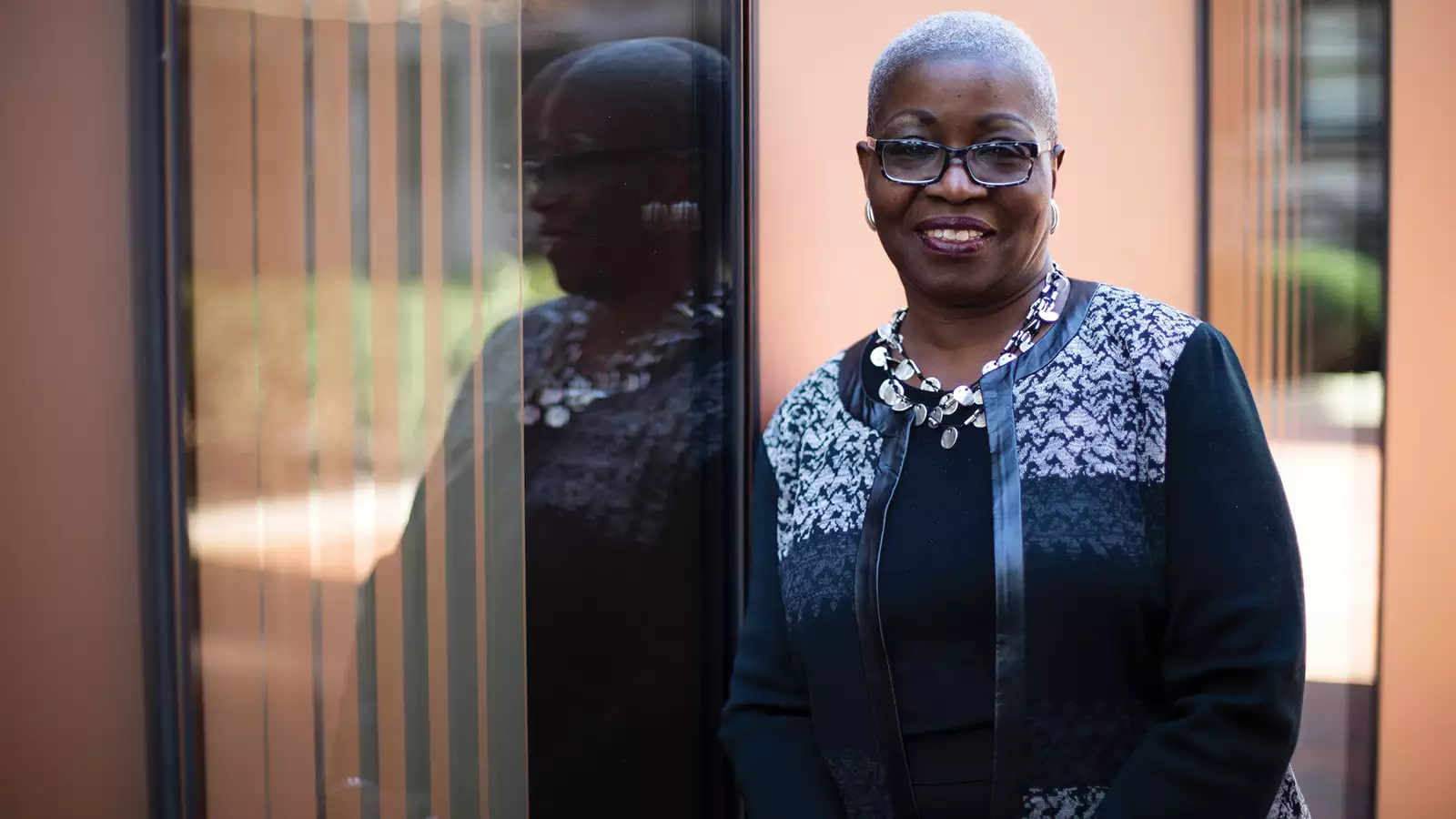
With the Women in Agency Festival, La Femme Theatre Productions founder Jean Lichty ’81 gives recent Barnard grads a powerful platform for original work

This year marks the centennial of women’s suffrage. For decades, women campaigned tirelessly for the right to vote, and yet the ratification of the 19th Amendment, prohibiting states from denying individuals this right on the basis of sex, was not guaranteed for all women. Women of color continued to face obstacles whenever they tried to cast their ballots until the passage of the Voting Rights Act of 1965, which outlawed discriminatory practices in the voting process, securing the right to vote for Black Americans and other marginalized groups.
As this anniversary is commemorated, scholars and activists are reexamining the legacy of the movement and speaking out to tell a more inclusive story about the diverse suffragists who were engaged in the battle for enfranchisement. Among the scholars leading this conversation is Marilyn Sanders Mobley ’74, a professor of English and African American Studies and the inaugural vice president for inclusion, diversity, and equal opportunity at Case Western Reserve University. Last spring, Mobley returned to Barnard to present a lecture, “The Difference Intersectionality Makes: Teaching the Suffrage Movement Today.” She highlighted figures who were crucial to the fight but have been largely overlooked in history books. While our country celebrates 100 years of women’s right to vote, Mobley urges us to also take a hard look at how the traditional narrative excluded women of color even as they played a vital role in the movement.
For decades, the story of women’s suffrage has centered largely on Elizabeth Cady Stanton, Susan B. Anthony, and Lucy Stone. The passage of the 19th Amendment, however, can be traced to the pioneering efforts of a diverse coalition of women.
An important step, Mobley says, is to “reframe the narrative and give the counternarrative” by including the names of women who were, all too often, marginalized in the movement. And this begins with Sojourner Truth, the leading abolitionist and women’s right advocate, whose powerful speech, known as “Ain’t I a Woman?” at the Woman’s Rights Convention in Akron, Ohio, in 1851, addresses the intersectionality of her experience, illuminating what Mobley explains as the “multiple oppressions” of racism and sexism.
Influential figures such as Anna Julia Cooper, Ida B. Wells, and Mary Church Terrell, who helped found the National Association of Colored Women in 1896, are essential to understanding the roots of women’s suffrage. The fight for equality and voting rights continued into the 1970s with civil rights activists like Rosa Parks and Representative Shirley Chisholm — who in 1972 was the first Black person and first woman to run for a major party’s nomination for president — leading the way.
The conversation is changing, Mobley says, thanks to the work of contemporary scholars such as Beverly Guy-Sheftall, Kimberlé Crenshaw, and Paula Giddings, whose book, When and Where I Enter: The Impact of Black Women on Race and Sex in America, used primary source material to show how the contributions of Black activists profoundly shaped women’s movements.
“When you’re designing a syllabus, they need to be on it,” Mobley said. “The goal is to get a new of scholars who will represent the story more truthfully.”